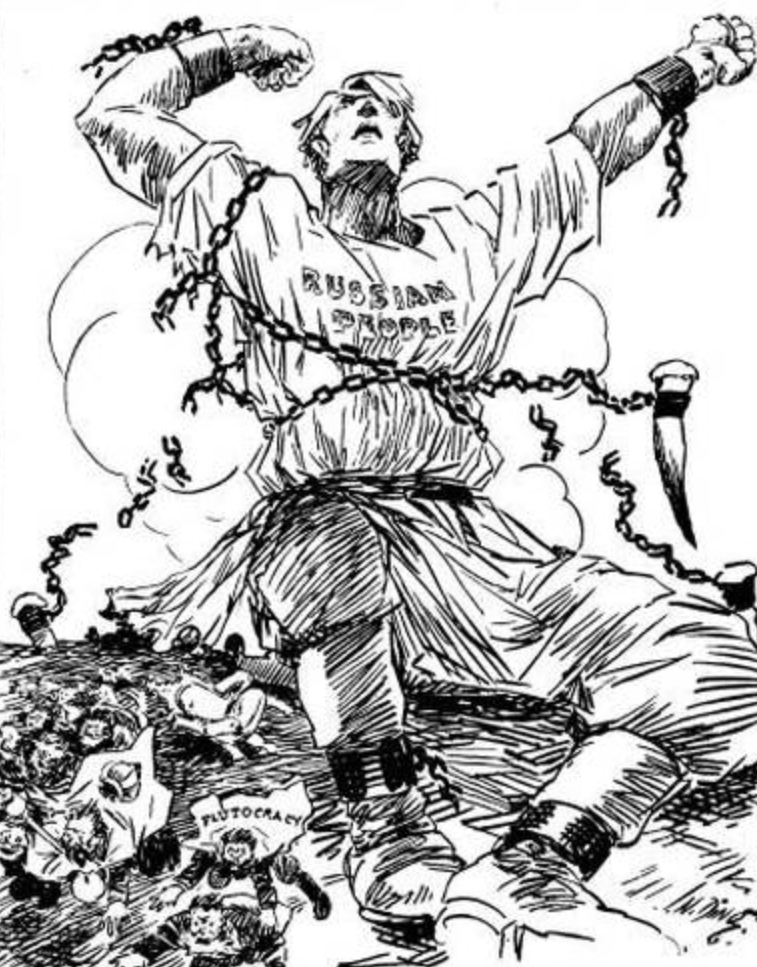Economic

The financial origins of the Russian Revolution were largely rooted in Russia's slightly outmoded economy. Agriculture in Russia was relied fundamentally on independent peasants who scarcely owned modern, advanced technology. Russia's growth season was only around 4-6 months, contrasted to 8-9 in most of Western Europe, attributable to its inherently cold climate. Given the substantial territory and population, Russia remained the world's leading supplier of agricultural products, notably supplying North America in the 1900s. The primary lucrative collapse occurred when Russian industry entered a state of crisis during the war. Vital raw commodities from several jurisdictions were unable to reach Russia, resulting in a lack of natural materials and processed products. The army was suffering from severe supply and weapon shortages. Additionally, Russia had a grossly underdeveloped railway system which had been seized by the government to be used exclusively for the war effort. It had to cope with the pressure of transporting great numbers of troops and supplies to battlefronts, as well as the difficulty of sustaining cities supplied with food. Inevitably, agricultural techniques remained reliant on the ability of numerous laborers to cultivate the land. Millions of peasant farmers were conscripted into the army, emanating a severe manpower shortage on the fields and a commensurate drop in production. Thus, by 1916, inflation had reached 200 per cent, the cost of necessitated food items was rising steeply, the value of the rouble had fallen by a great extent, and the price of goods was soaring.
